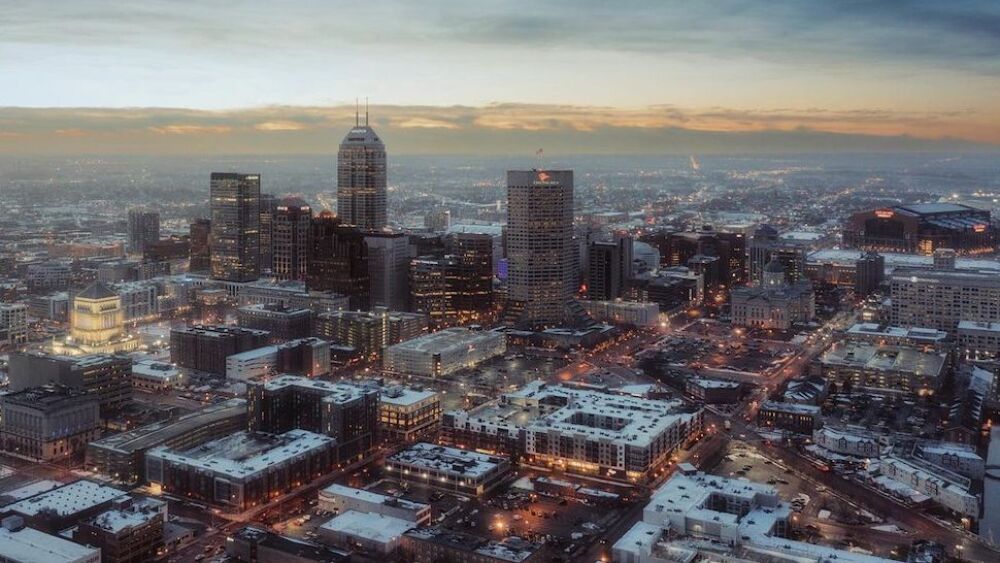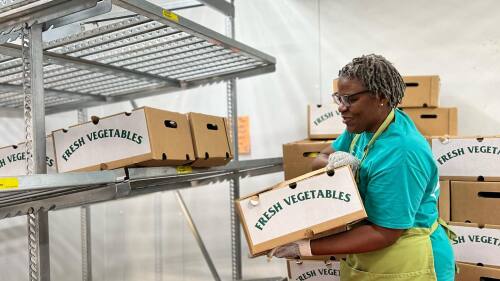We know the question on your mind, Hoosiers — when’s it going to snow again (and actually stick)? Thanks to the National Oceanic and Atmospheric Administration’s Climate Prediction Center, we know what temperatures and precipitation trends to expect for January, February, and March.
While exact weather conditions typically can’t be predicted more than a week in advance, here’s a seasonal outlook to help you prepare for what winter will bring.
Reminder: The first official day of winter is tomorrow, Dec. 21.
🌡️ Temperature
It’s getting hot... err, slightly warmer than cold in here. This winter, Indy has a 33-40% chance of temperatures being warmer than average.
🌨️ Precipitation
Expect more precipitation. Indianapolis has a 33-40% chance of seeing above average snow and rainfall amounts this winter, potentially due to La Niña conditions emerging.
☀️ Drought
Thanks to the higher precipitation expectations, drought removal is likely.
January
Did you know January is usually the coldest month of the year in Indiana — when temperatures drop in the frigid zone? Indy’s lows in January average between 21°F and 36°F. Historically, January is also the snowiest month of the year, with as much as 10” in the northern part of the state.
February
Average temperatures in February vary from a cold 17°F during the night to a warm 50°F during the day, with snowfall usually in the range of 8" to 12". Fun fact: February is the driest month of the year in Indiana — we’ll see if that holds true this year.
March
March typically brings a significant change in weather, as the city finally begins to thaw. Temperatures rise to a comfortable maximum of around 50° — and outdoor events start to pop up everywhere.













